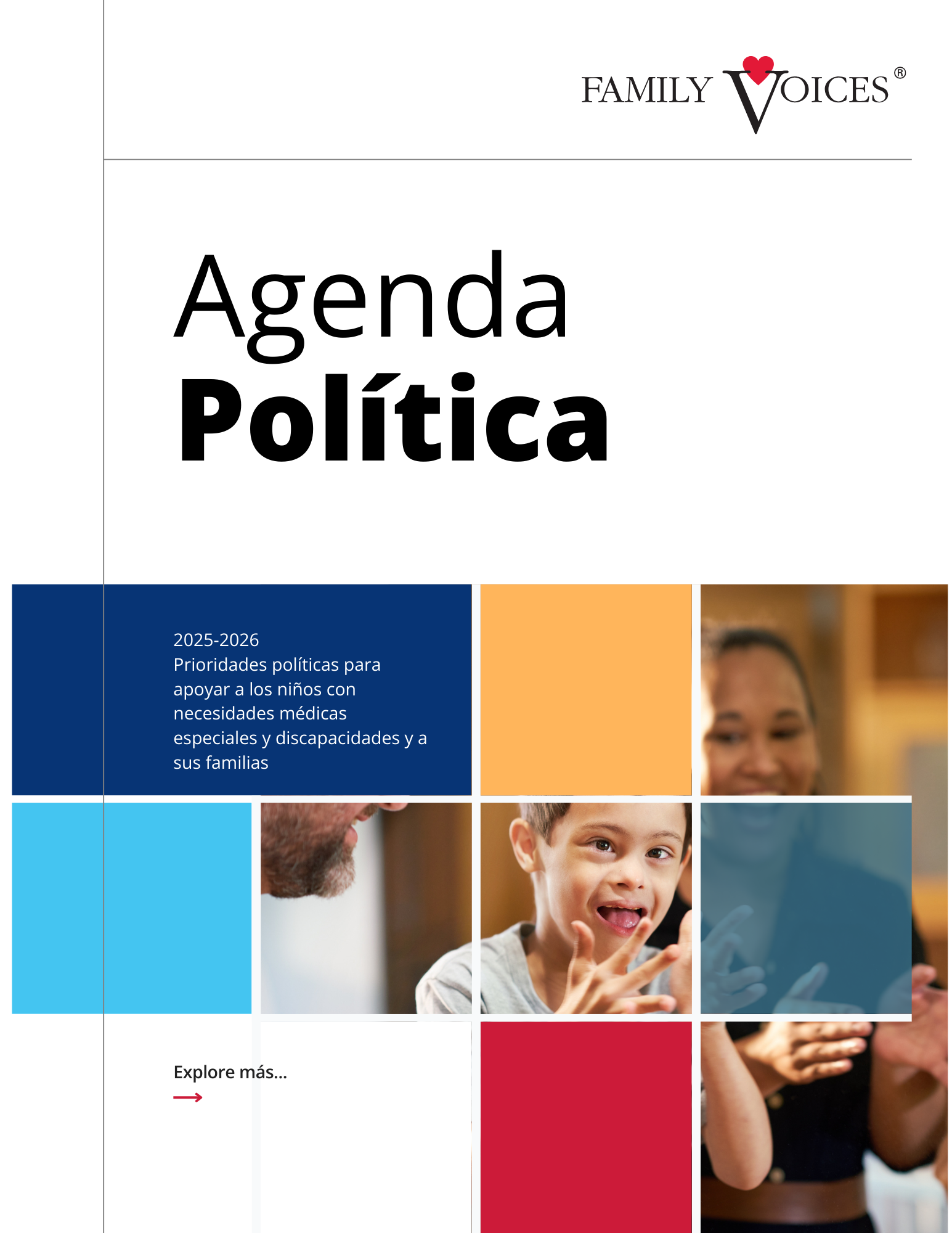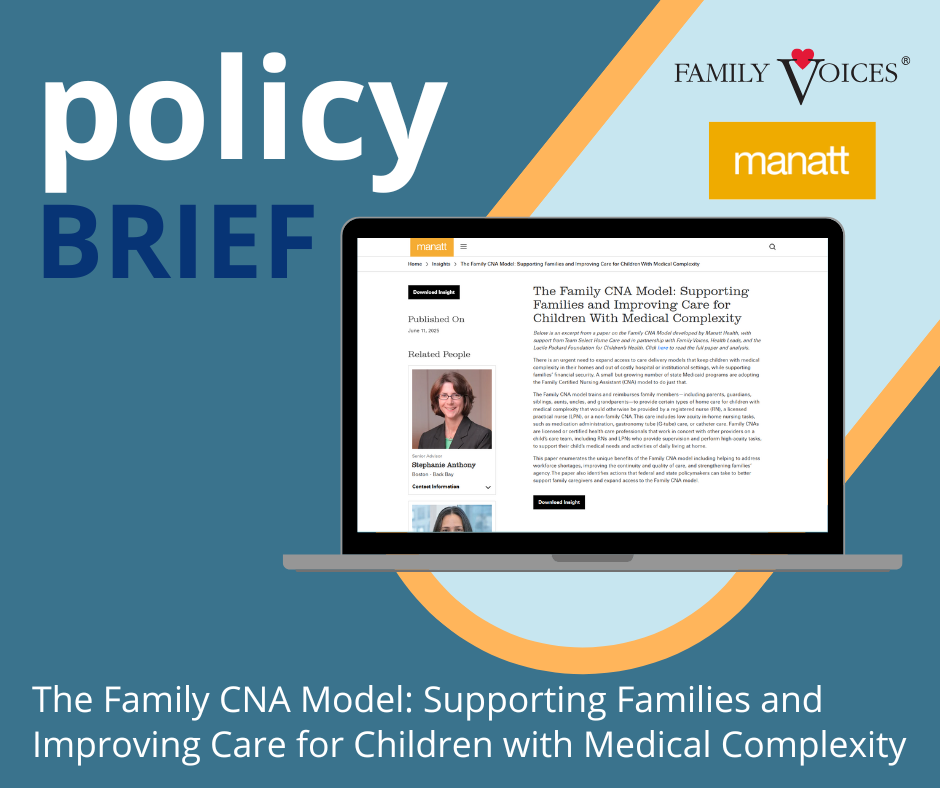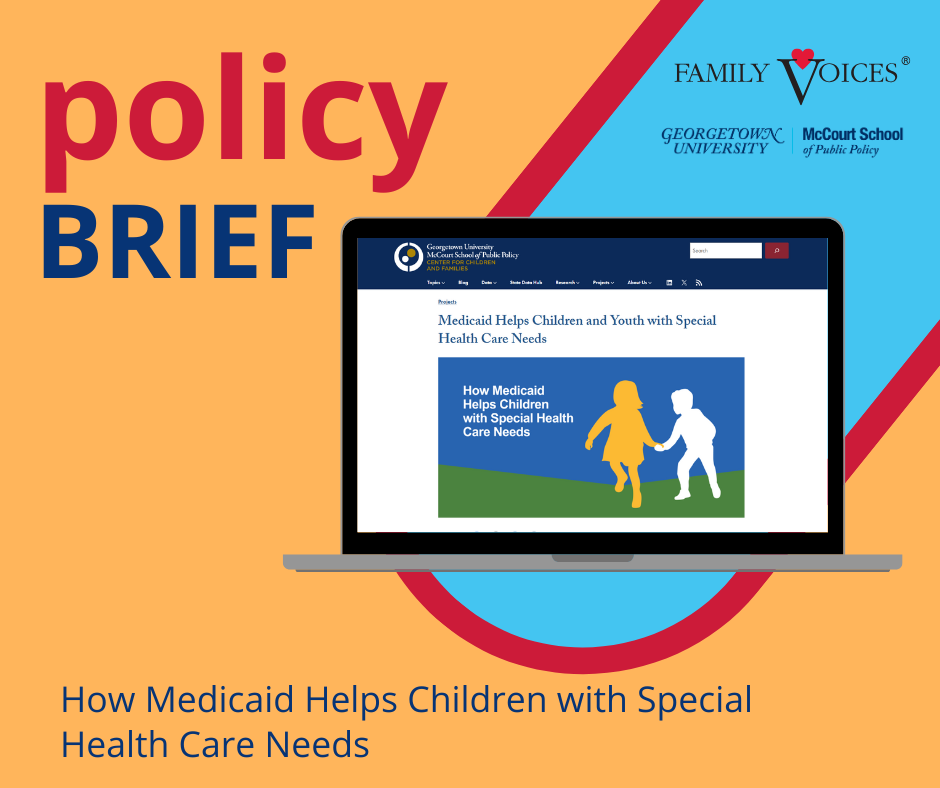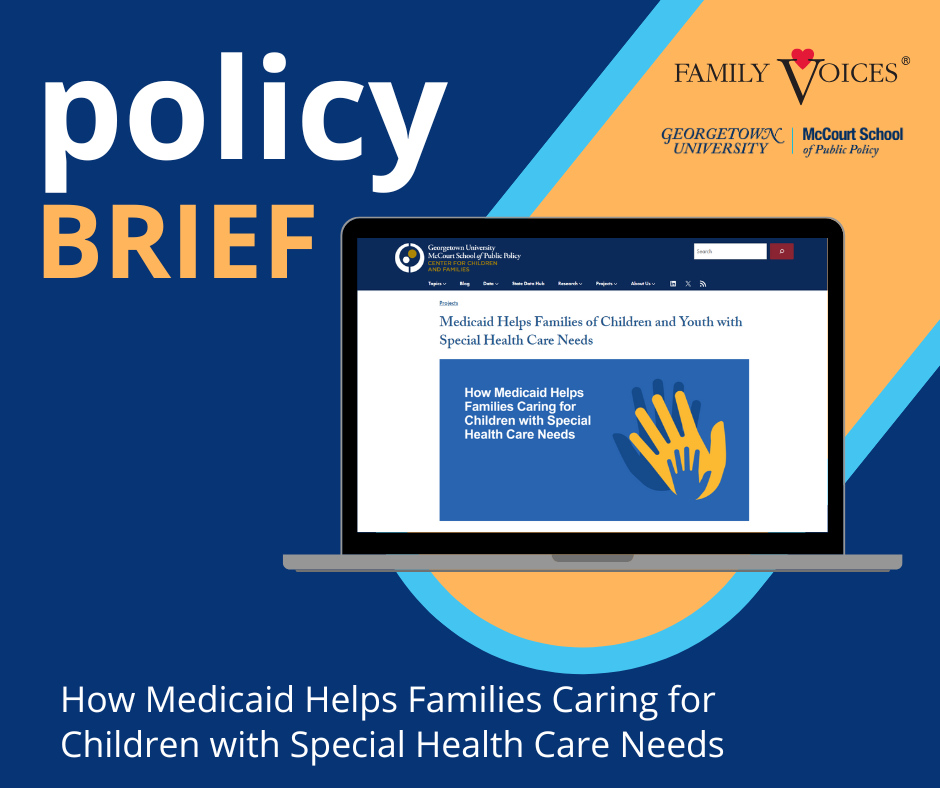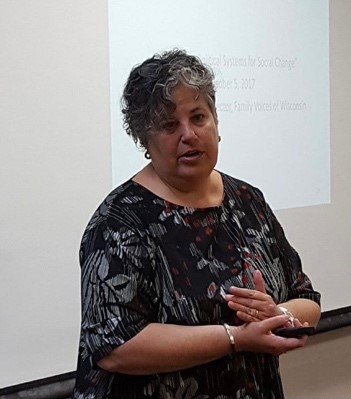
Public Policy
Policy Priorities to Support Children with Special Health Care Needs and Disabilities and Their Families
Our Strategic Policy Priorities
Children and youth with special health care needs and disabilities, and their families, face systemic barriers and biases that impede their ability to experience their best possible lives. Systems of care do not respond to their needs holistically or facilitate access to supports that enhance their quality of life.
To make the most impact, we focus our policy actions across all levels of government – federal, state, and local. We work with our family and organizational partners to lean on the various levers of policy change through education and advocacy.
Our current policy agenda includes:
- Expand access to peer-to-peer support for families of children and youth with special health care needs
- Support and expand Medicaid coverage for children and youth with special health care needs and their families and caregivers
- Improve the transition to adult health care for youth and young adults with disabilities and their caregivers and families
- Eliminate language access barriers
Family Voices collaborates with national child health and disability organizations, such as the Consortium for Citizens with Disabilities, The Arc, Autism Speaks, the American Academy of Pediatrics, and other groups.
Recent Policy-Related News
Washington Update July 21, 2021
It’s getting HOT in here… Summer and climate change are not the only reasons things are heating up in Washington, DC right now. Read the full issue here
Washington Update July 14, 2021
Rollin’ up sleeves and getting down to business after the July 4th recess Read the full issue here
Washington Update June 30, 2021
What is Hoppin’ ?? An update to share a few things hoppin’ on the Hill and to help you keep things hoppin’ in your state. Read the full issue here
Washington Update June 25, 2021
What is cooking on the Hill? Summertime cooking, grilling, and baking. What is on the menu? Who is the grillmaster? What are the right ingredients for the special sauce? This week’s Washington Update uses a culinary theme to share updates from Washington DC...
Washington Update June 4, 2021
Welcome to June in Washington where much is “a-buzz” and it is not just the cicadas! Read the full issue here
Legislation
The legislation tracked below is for informational purposes only. It is not meant to be an endorsement for or against the legislation. Action updates may occur daily, if actions are taken by Congress. Newly introduced legislation will be added weekly.
The legislative tracker is sorted by latest action. To navigate this page, you can scroll through just as you would a normal webpage. You can also click Ctrl+F on your keyboard and type in the search box.
For additional information and to read the full text (if available), click the highlighted bill number. You can also navigate to Congress.gov and search using key terms or phrases, or the bill numbers listed below.


